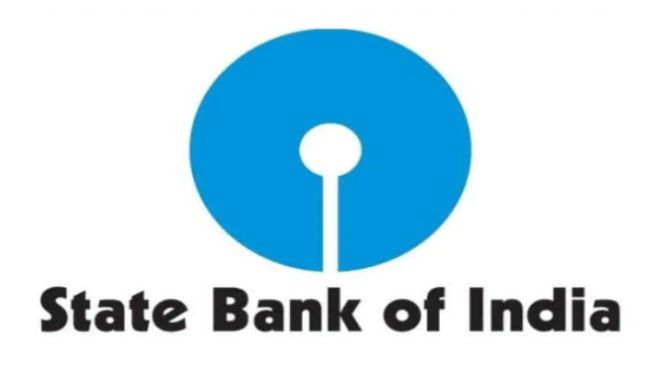New Delhi: State Bank of India (SBI), the country’s largest lender, has introduced a new initiative called the SBI Green Rupee Term Deposit (SGRTD) to gather funds to support environmentally friendly projects. The goal is to contribute to the growth of a green finance ecosystem in India, as stated by SBI.
What Is SBI’s Green Rupee Term Deposit?
A green deposit, such as the SGRTD, is designed for those who want to invest their extra cash reserves in environmentally friendly projects. This move aligns with the Indian government’s goal of achieving net carbon neutrality by 2070.
SBI Green Rupee Term Deposit vs Regular Term Deposits
Similar to regular term deposits, a green fixed deposit offers investors a fixed interest rate over a set period. The main difference lies in how the funds collected under green deposits are utilized.
Read More: HDFC Flexi Cap Fund: How a Rs 10,000 mutual fund SIP grew to a whopping Rs 16.5 crore
Unlike traditional fixed deposits, the focus of green fixed deposits is on supporting projects with a positive impact on the environment.
The range of projects funded by green fixed deposits is diverse, covering financing for solar power projects, wind farms, organic farming, and energy-efficient infrastructure.
Who Can Invest In SBI’s Green Rupee Term Deposit?
This deposit scheme is open to everyone, including resident individuals, non-individuals, and non-resident Indian (NRI) customers.
SBI’s Green Rupee Term Deposit: Tenor
Investors can choose from three tenors: 1,111 days, 1777 days, and 2222 days.
Read More: What Is PF? 5 Benefits Every Investor Should Know Before Investing
SBI’s Green Rupee Term Deposit: How To Apply?
To apply for this deposit scheme, individuals can currently do so through the branch network, and soon it will also be accessible through digital channels like YONO and Internet Banking Services (INB), according to the bank.





































